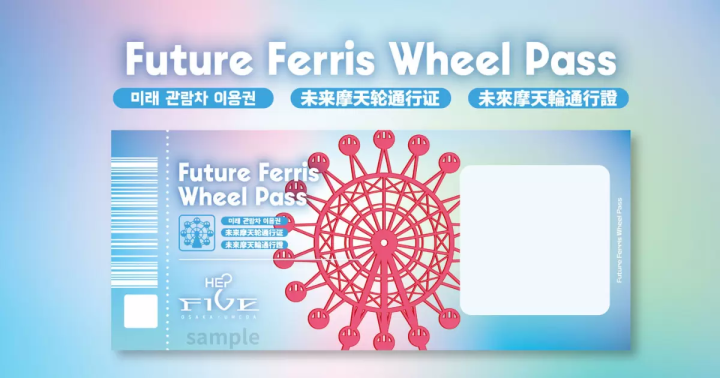[Departing from Takayama to Kanazawa] World Heritage Sites and a spectacular drive! Experience the healing and traditions of Gokayama in winter
![[Departing from Takayama to Kanazawa] World Heritage Sites and a spectacular drive! Experience the healing and traditions of Gokayama in winter](https://resources.matcha-jp.com/resize/720x2000/2025/03/24-229039.webp)
We will introduce a day trip driving course that will allow you to fully enjoy Nanto in winter. The route starts from Hida Takayama, and after enjoying a lot of Gokayama, heads to Kanazawa via Shogawa and Inami. It is a recommended course that you can easily go around while enjoying the warm hospitality in the snowy scenery.
Duration: Approximately 6 hours and 30 minutes
Transportation: Car/rental car
Course: ① Hida Takayama ⇒ ② World Heritage Site Suganuma Gassho-style Village ⇒ ③ Gokayama Washi no Sato ⇒ ④ Restaurant Hyotan (Yu-raku) ⇒ ⑤ Shogawa Water Memorial Park Wood Plaza ⇒ ⑥ Inami Yokamachi Street ⇒ ⑦ Kanazawa
9:00 Depart Hida Takayama
It takes about an hour from Takayama to Suganuma Gassho-style Village via the Tokai-Hokuriku Expressway. In winter, snow accumulates and the roads freeze, so it is essential to have studless tires. There can be sudden weather changes and chain regulations, so be sure to check road information in advance. Make sure to plan your trip with plenty of time to enjoy the snowy scenery.
(Approx. 60 minutes by car)
10:00 World Heritage Suganuma Gassho Style Village
Experience the local culture
First, head to the World Heritage Site, Gokayama's Suganuma Gassho-style Village. The contrast between the snow-capped Gassho-style houses and the silent mountains is stunning. It's so beautiful it's like stepping into the world of a Japanese folktale. Nine Gassho-style houses remain today, and people still live there. At the restaurants and shops in the village, you can enjoy Gokayama specialties such as Gokayama tofu and Gohei mochi. Enjoy the local flavors.
![[Departing from Takayama to Kanazawa] World Heritage Sites and a spectacular drive! Experience the healing and traditions of Gokayama in winter](https://resources.matcha-jp.com/resize/720x2000/2025/04/03-230132.webp)
Stopover spots
We recommend the Gokayama Folk Museum, where you can tour the inside of a Gassho-style house and learn about architectural techniques and the ingenuity of life in a snowy region. If you're lucky, you might even get the chance to try playing the "Sasara," an instrument used in the traditional folk song "Kokiriko Bushi"!
(Approx. 20 mins by car)
11:30 Gokayama Washi Village
Find your favorite souvenir
Gokayama is also famous for its traditional craft, Gokayama washi paper. Here at Gokayama Washi no Sato, you can purchase washi products made using traditional methods. Gokayama washi paper is made using a generous amount of kozo paper, making it strong and flexible. It is characterized by a white finish using a technique called "yuki-sarashi," which uses snow.
![[Departing from Takayama to Kanazawa] World Heritage Sites and a spectacular drive! Experience the healing and traditions of Gokayama in winter](https://resources.matcha-jp.com/resize/720x2000/2025/04/03-230133.webp)
Recommended Point 1
In addition to the standard washi products, the "FIVE" series with its modern design is also popular. There are stylish items for everyday use such as pouches and letter paper sets. Tapestries depicting zodiac and seasonal motifs are especially popular among overseas visitors. Why not pick one up as a memento of your trip?
Recommended Point 2
By making a reservation in advance, you can experience making postcards under the guidance of a craftsman. Make your own original postcard and send it to someone special as a memento of your trip.
(Approx. 5 mins by car)
12:00 [Lunch] Restaurant Hyotan
Enjoy a trout bowl while taking in the spectacular view!
We had lunch at the restaurant "Hyotan" inside the Gokayama Onsen "Yuraku". The highlight is the new menu item, the trout bowl! This dish was created with the idea of "making trout more accessible and delicious to eat", and the savory kabayaki-style trout goes perfectly with fluffy rice. What's more, the head and bones are deep-fried until crispy, allowing you to enjoy the whole trout. Enjoy this new way to eat trout raised in the pure waters of the Shogawa River.
![[Departing from Takayama to Kanazawa] World Heritage Sites and a spectacular drive! Experience the healing and traditions of Gokayama in winter](https://resources.matcha-jp.com/resize/720x2000/2025/04/03-230134.webp)
Recommended points
After lunch, we also recommend a day trip to the hot spring. The view from the open-air bath on the hill overlooking the Shogawa River is spectacular. You can relax while watching the seasonal scenery and the calm surface of the river.
(Approx. 30 mins by car)
13:30 Shogawa Water Memorial Park Wood Plaza
Relax with a foot bath and yuzu ice cream
Refresh yourself in a foot bath while admiring the natural scenery of the Shogawa River. You can enjoy a free foot bath at the Wood Plaza in Shogawa Water Memorial Park. Warm up your tired feet and spend a luxurious time reminiscing about your trip.
![[Departing from Takayama to Kanazawa] World Heritage Sites and a spectacular drive! Experience the healing and traditions of Gokayama in winter](https://resources.matcha-jp.com/resize/720x2000/2025/04/03-230135.webp)
Recommended spots
Along with the foot bath, we also recommend the "Yuzu Soft Serve Ice Cream" made with yuzu, a specialty of Shogawa! The refreshing sweetness fills your mouth, creating a moment of bliss. Shogawa yuzu is characterized by its uneven surface due to the influence of the "Shogawa oroshi" wind, its thick skin and strong fragrance. Its strong sourness makes it a perfect match for sweets.
(Approx. 5 mins by car)
14:30 Inami Yokamachi Street
Enjoy a stroll through the city with all five senses
To conclude your trip, take a stroll through Inami's historic townscape, Yokamachi Street. Inami carving, which has been a tradition for over 250 years, is characterized by its three-dimensional, dynamic woodcarving technique. In particular, the intricacy of the openwork carvings on both sides of the transom, which are carved using more than 200 carving knives, is a representative woodcarving technique of Inami carving. On Yokamachi Street, you can visit carving studios where the craftsmanship of the artisans shines and Japanese confectionery shops beloved by locals.
![[Departing from Takayama to Kanazawa] World Heritage Sites and a spectacular drive! Experience the healing and traditions of Gokayama in winter](https://resources.matcha-jp.com/resize/720x2000/2025/04/03-230136.webp)
![[Departing from Takayama to Kanazawa] World Heritage Sites and a spectacular drive! Experience the healing and traditions of Gokayama in winter](https://resources.matcha-jp.com/resize/720x2000/2025/04/03-230137.webp)
Stopover spot 1
The street is dotted with workshops, such as the Inami Woodcarving Crafts Museum, where you can see many woodcarvers at work up close. When you step inside the shop, the gentle scent of wood fills the air, relaxing your body. You may even be given some scraps of wood to take home as souvenirs.
Stopover spot 2
At "Inaka Manju Yoshimura," the gentle sweetness of the "Inaka Manju" made with rock sugar is popular. Conversations with the shop owner, an old man, are also a fun part of the trip.
(Approx. 50 mins by car)
Hotels near Inami Betsuin Zuisenji Temple
16:30 Arrive Kanazawa
It's sure to be a heart-warming day experiencing the beautiful winter scenery of Nanto, as well as food, traditional culture, and hospitality. Be sure to take a winter driving trip and enjoy it to the fullest!
We are promoting the charm of Nanto City, Toyama Prefecture, both in Japan and overseas. Nanto City, located in the southwest of Toyama Prefecture, is blessed with abundant nature in all four seasons, and is a place where the original Japanese landscape and good old traditional Japanese culture remain strong to this day. Gokayama, known for its Gassho-style villages, is a "living World Heritage Site" where people live with their own unique culture. The scattered villages spread across the countryside are also one of the special landscapes unique to this region. Johana, which flourished in silk weaving from the Middle Ages to the early modern period, and Inami, known for woodcarving, are filled with fragrant history and culture. Fukumitsu, where Munakata Shiko lived, Fukuno, which flourished as a market town, Iguchi, the village of camellias, and Toga, a town of theater and urban exchange, are always full of travel attractions, and the people welcome you with warm smiles.
The contents on this page may partially contain automatic translation.





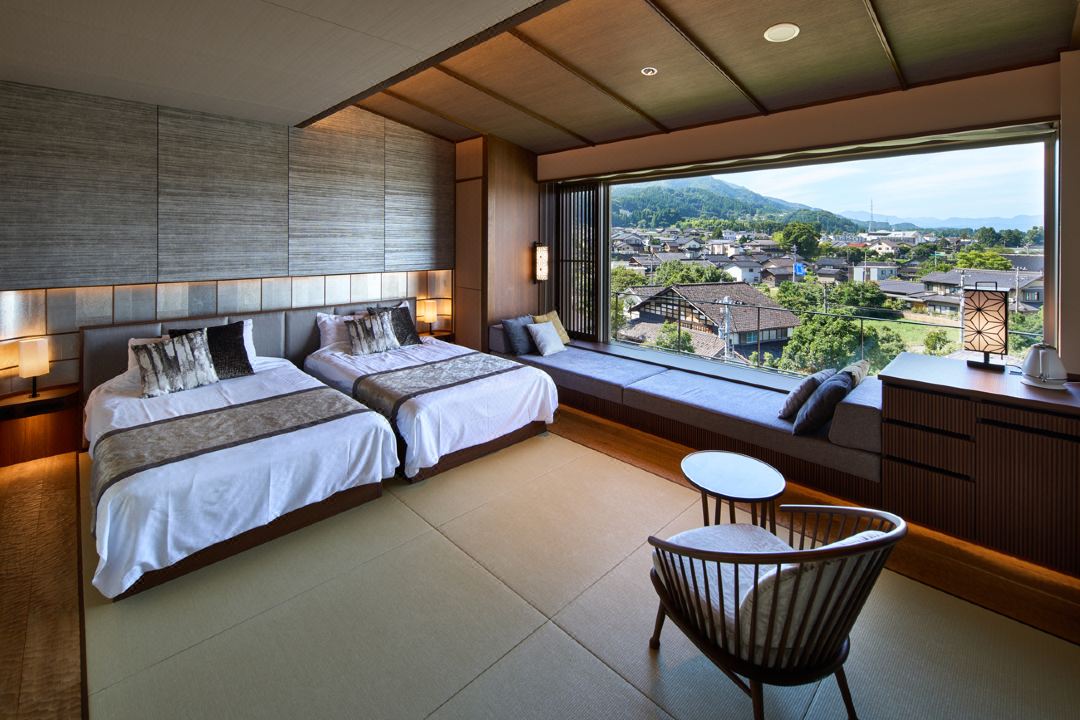























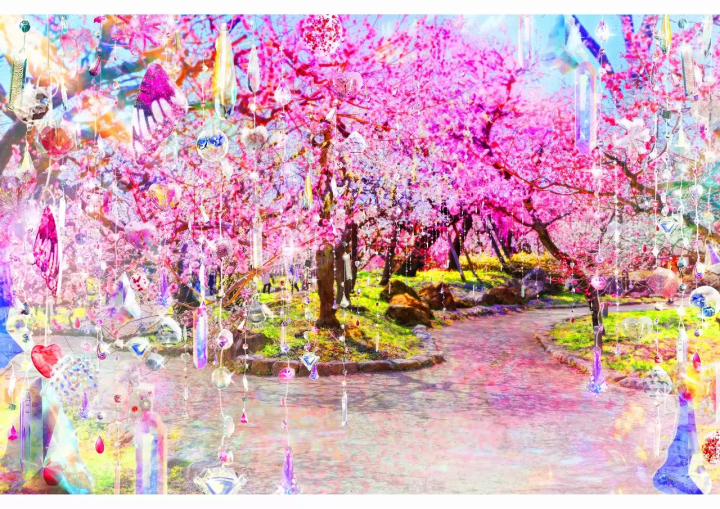
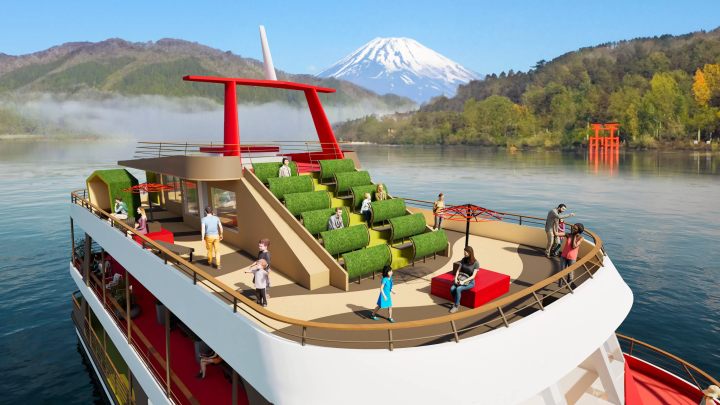

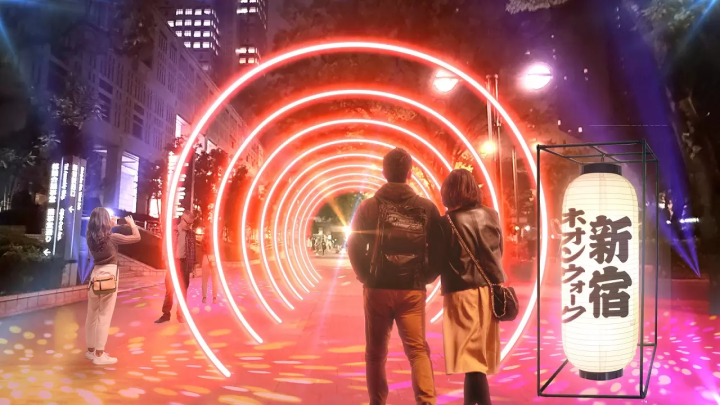





![[2026] Top 5 Strawberry Picking Spots in Tokushima, Naruto| Farms and Access Guide for January to May](https://resources.matcha-jp.com/resize/720x2000/2025/03/06-227165.webp)



